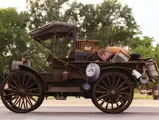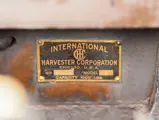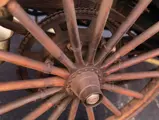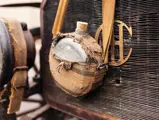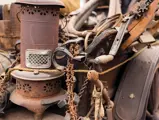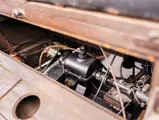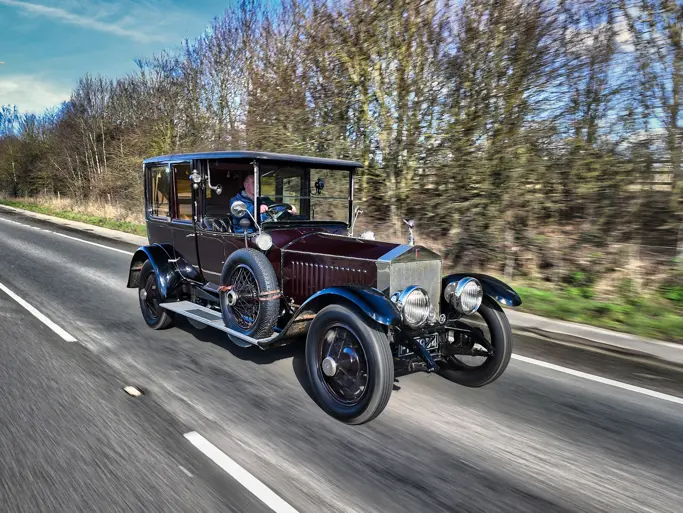20 bhp, 159 cu. in. twin-cylinder engine, Schebler carburetor, two-speed planetary transmission, front and rear 36-inch full elliptic springs, rear contracting band brakes, and expanding emergency brake on jackshaft. Wheelbase: 90 in.
Highwheelers filled a very specific need: they were used as mud wagons.
Paved roads in the early 1900s were limited to some population centers. Elsewhere was dirt, in whatever condition the weather and traffic left it, and if one had supplies to deliver, you needed something designed to get through the road gumbo. International Harvester Company’s light truck weighed only 2,155 pounds, and its 40-inch front and 44-inch rear wheels meant there was a foot-and-a-half of ground clearance. So it was never high-centered, even when it was churning through the mud or over a deeply rutted country lane.
I.H.C., a small engine specialist, had a wide variety of powerplants available for cars, trucks, agricultural equipment, and industrial uses. Little twins, like the M-W truck’s horizontally opposed unit, were typical; although, they were usually air-cooled (as in the M-A trucks). For continuous hard use, you could get the “famous pumping engine,” water-cooled M-W, which produced the same 18–20 horsepower as an M-A. It also had the same five-inch stroke as the M-A, but its bore dropped from a square five inches to 4.5, presumably to allow water passages to be cast into the block. Both trucks were rated at 1,000 pounds, but all contemporaries agreed that International intentionally underrated its capacity. The M-W also got slightly wider 1¾-inch front and 2½-inch rear tires and, of course, a tubular radiator and water pump.
International Harvester Company truck advertisements from 1912 proclaimed, “The Horse Passes,” and they showed a dozen different suggestions for bodies, including a delivery wagon with a roof much like this.
This car’s upholstery, wood, canvas top, lamps, radiator, and brass all appear to be untouched over the last 101 years, but there have been certain other additions. The consignor purchased it from the W. K. Haines Sr. Collection in Ohio six years ago, just as it is seen here, and he reports that all the accoutrements had clearly been in place for many years. Bird droppings on the vehicle turned out to be deliberately applied, probably with caulk, and, of course, there is the yard sale in the back. Much of that material was likely not terribly valuable when added to the truck, but decades have clearly passed since then, and it may be worth reevaluating.
International stopped making passenger cars in 1911, but they soon realized that their affordable delivery cars might be the sole transportation for their rural customers, so they offered Sunday go-to-meeting seats that could be affixed in the 67x35 inch bed. An original back seat is also included, making this vehicle far more usable than it first appears.
W. K. Haines was known to parade in his I.H.C. highwheeler, and it is still reported to be in excellent running and driving condition. Even in his interesting collection, which was replete with Isotta Fraschinis, American Underslungs, and Lincolns, it was the main attraction. It can be used as a promotional car or parade vehicle, or it could be converted back into a handy runabout, making it rife with possibility.
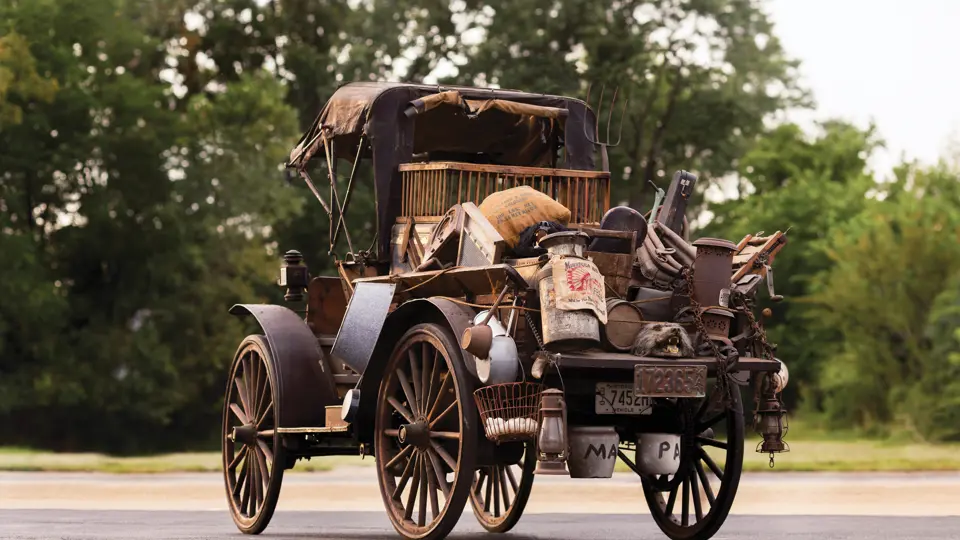



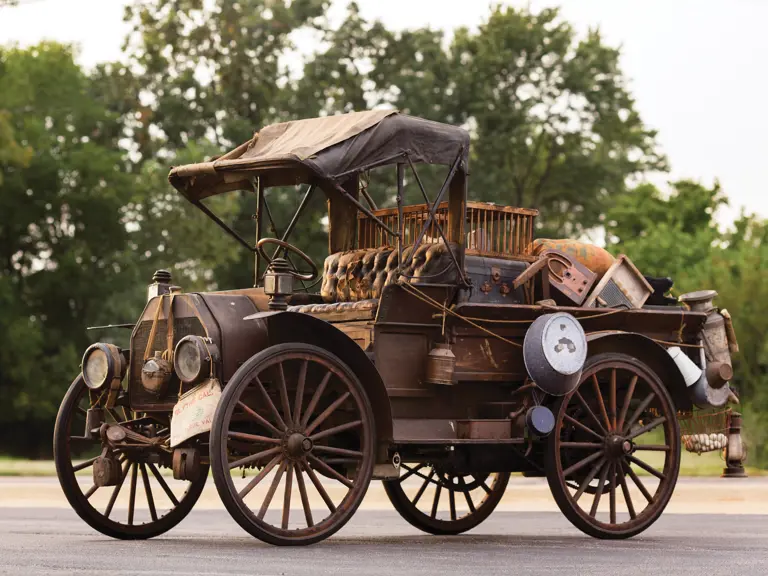

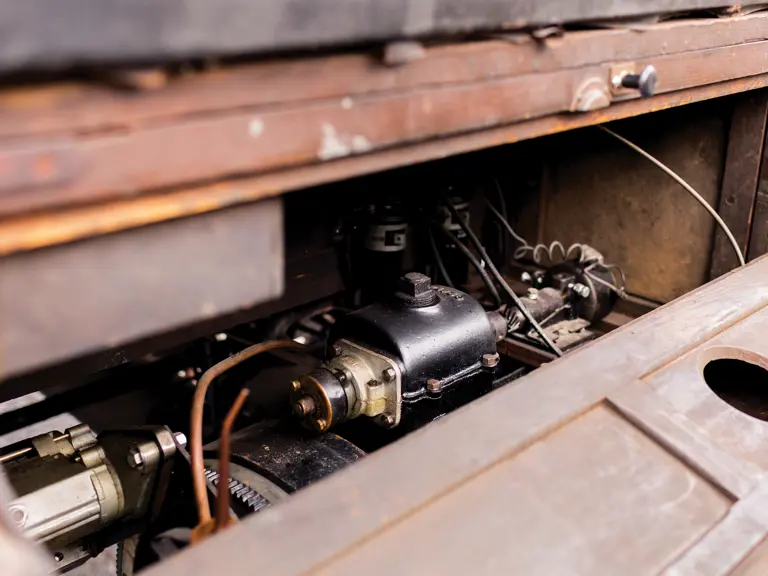

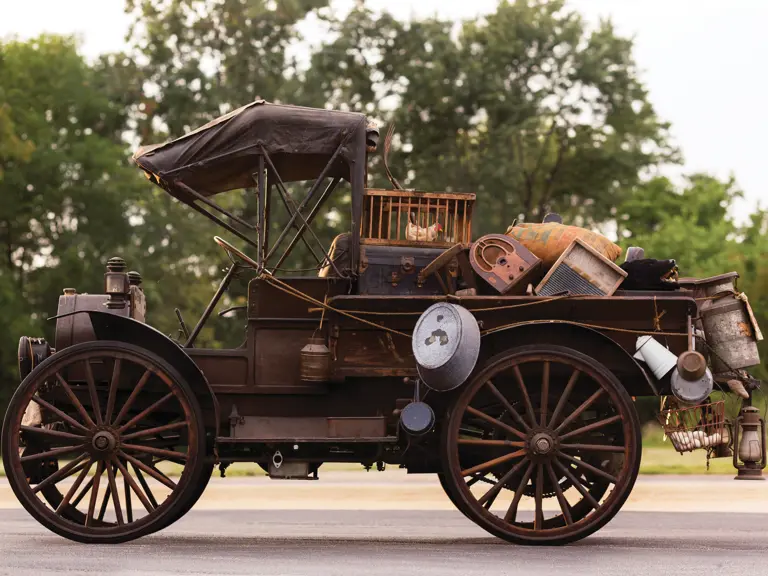
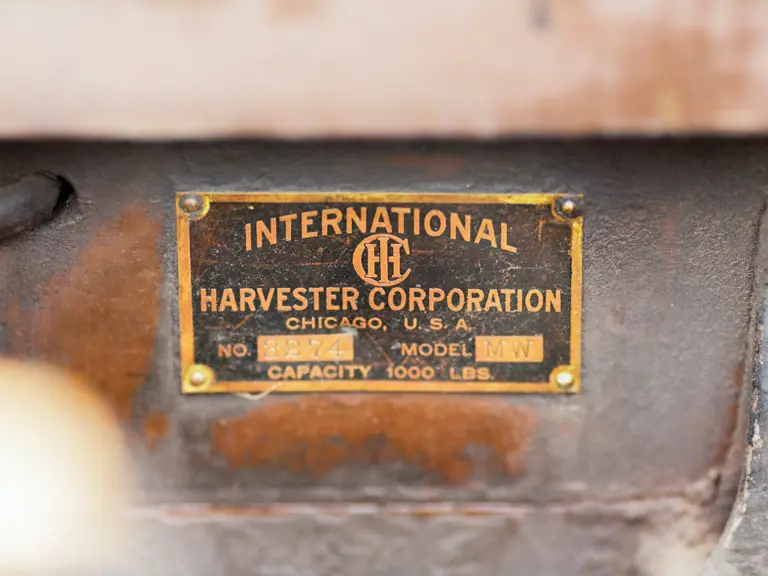
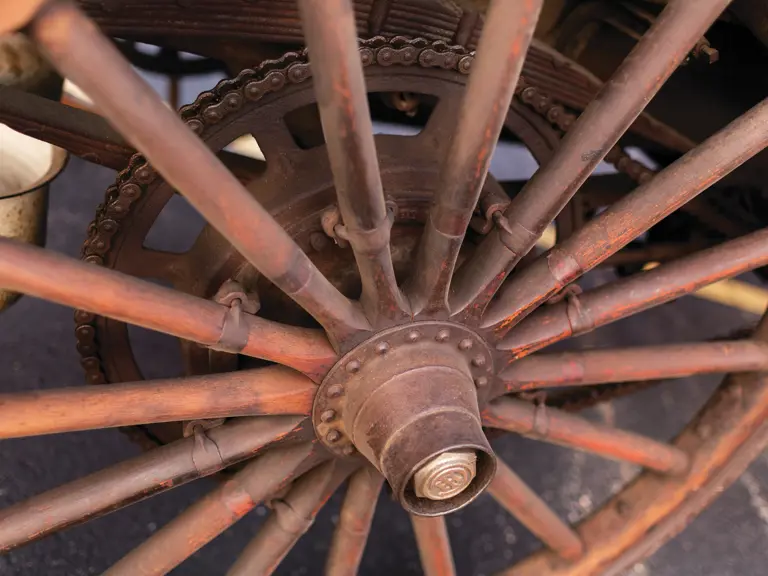
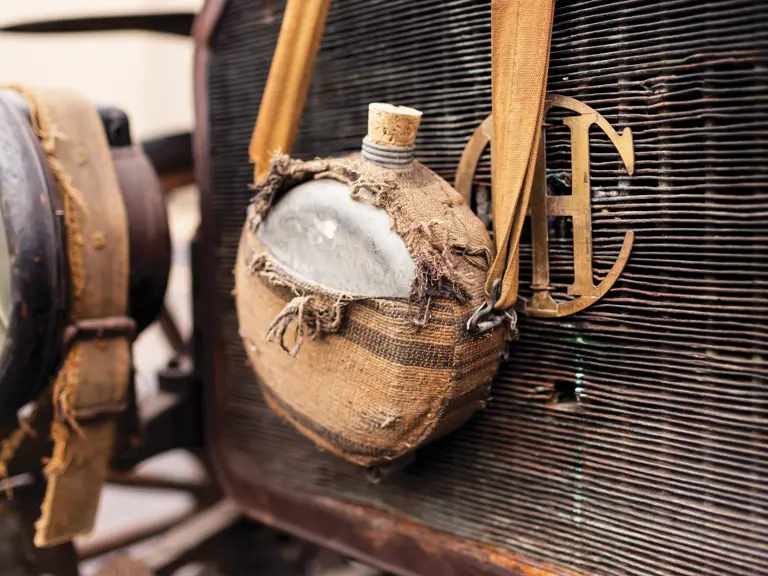
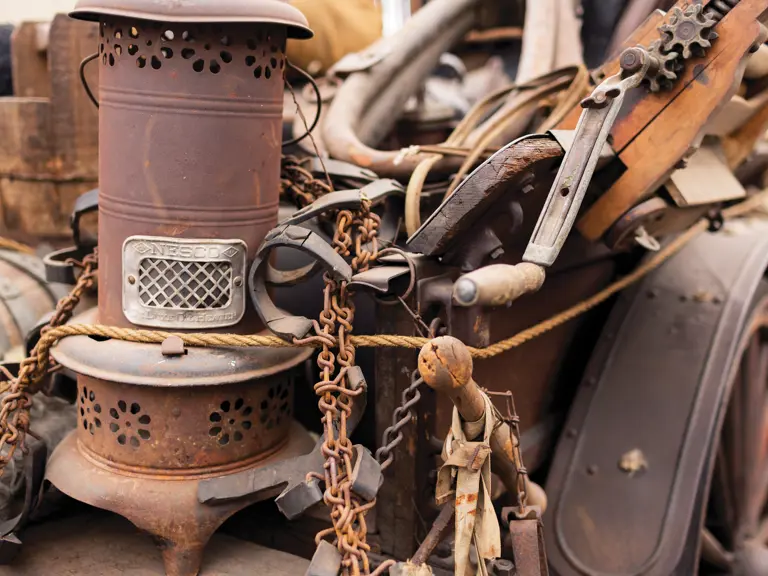

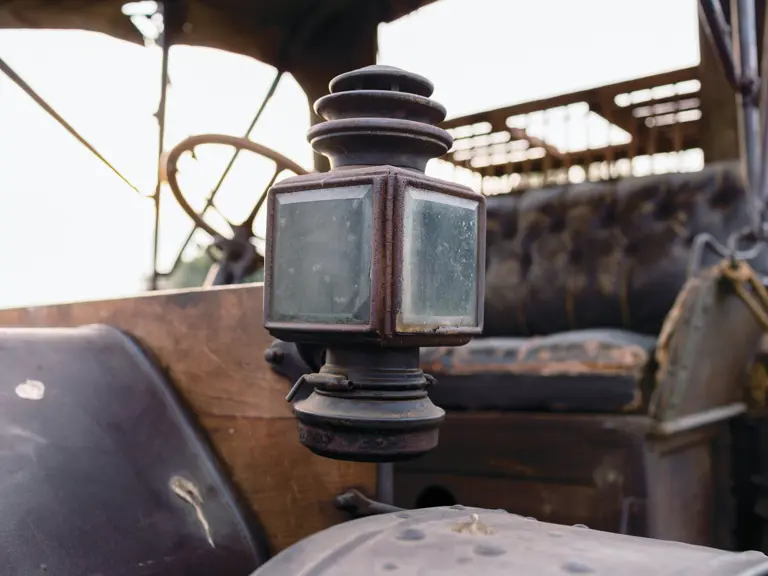
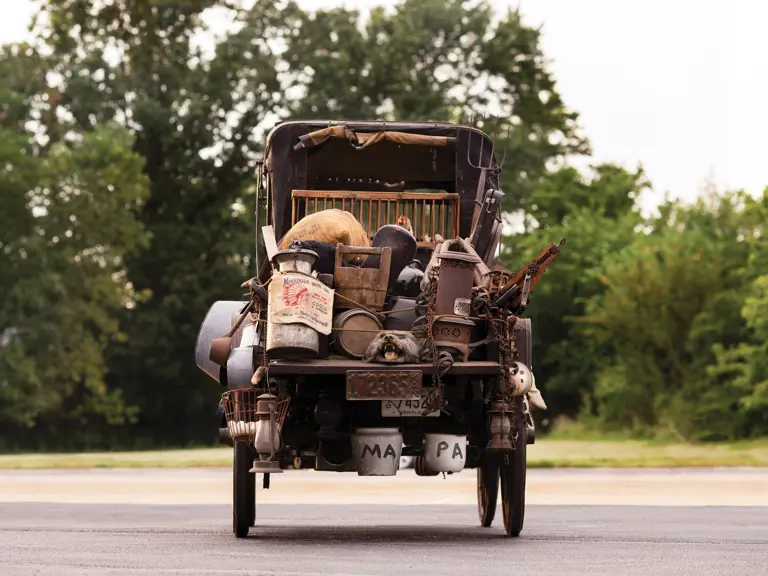


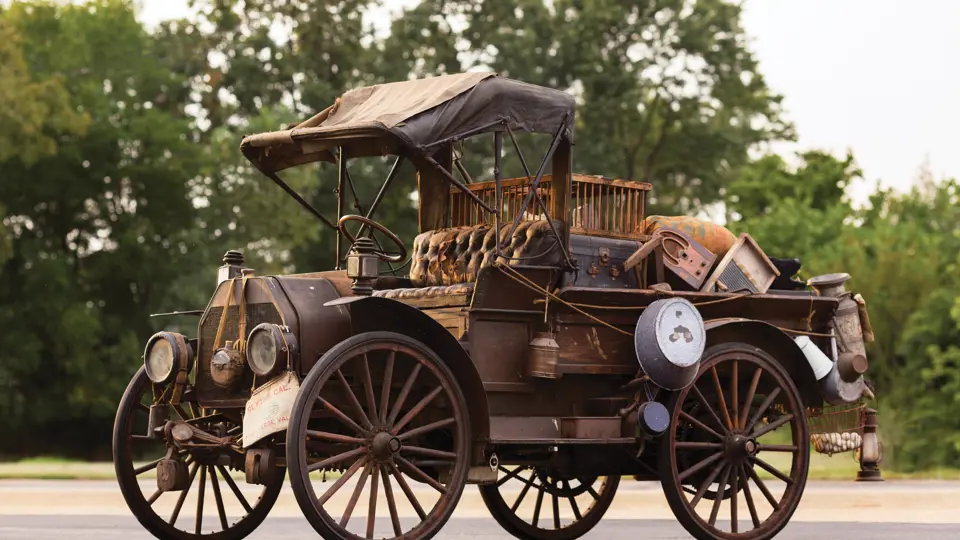
 | Hershey, Pennsylvania
| Hershey, Pennsylvania



